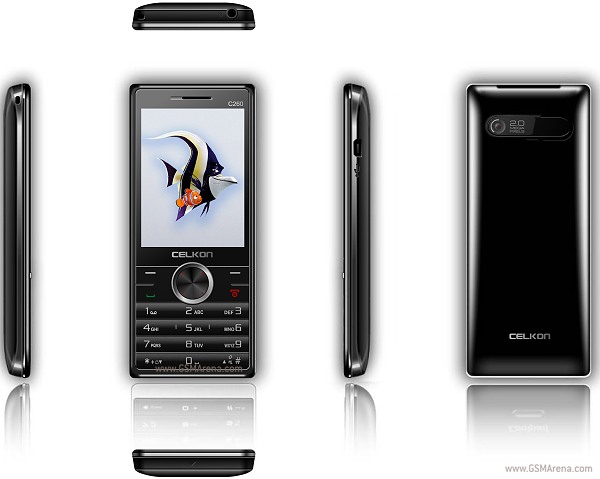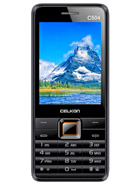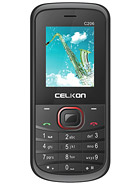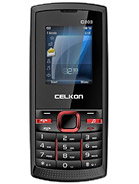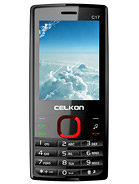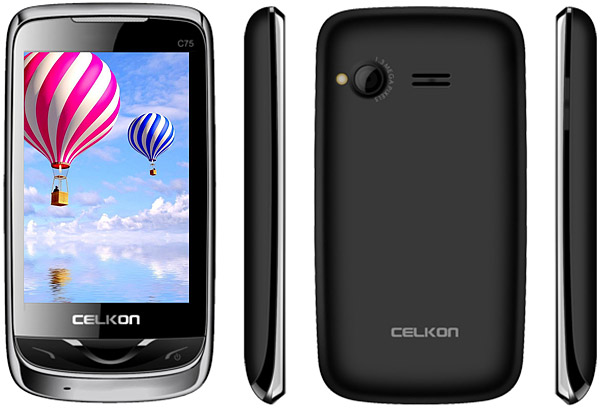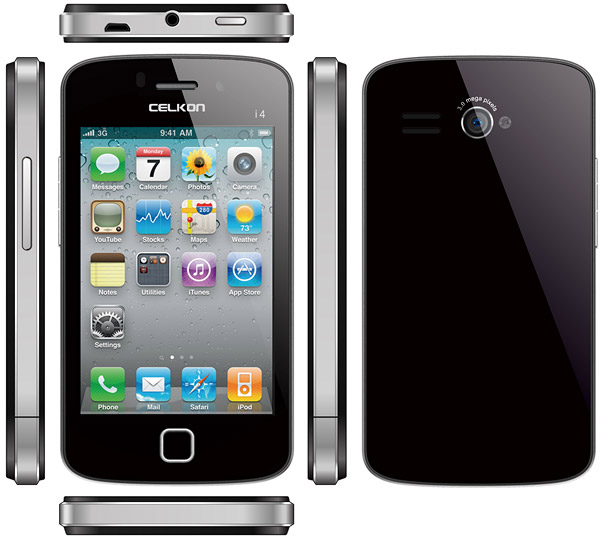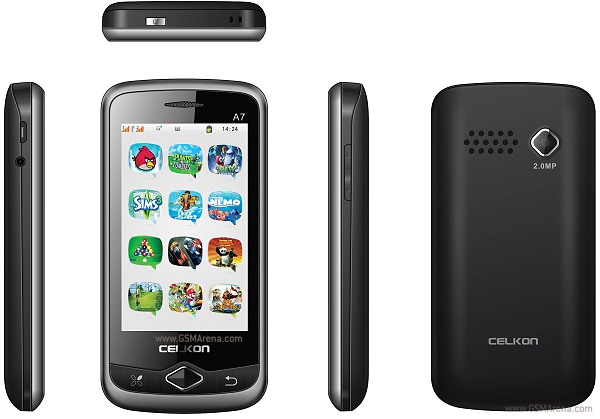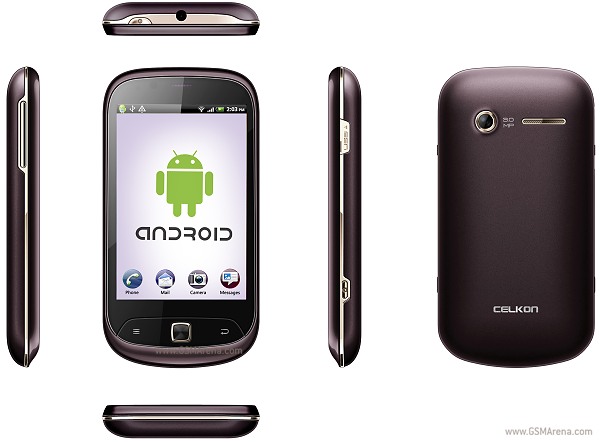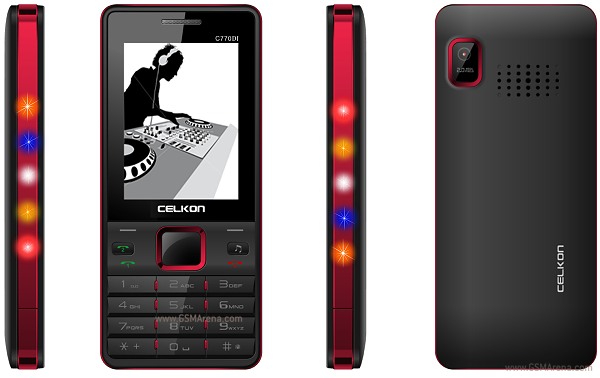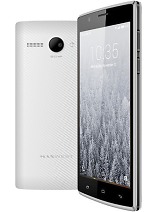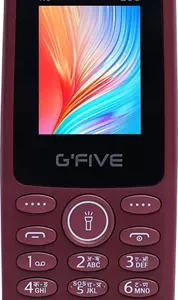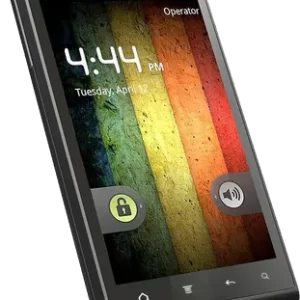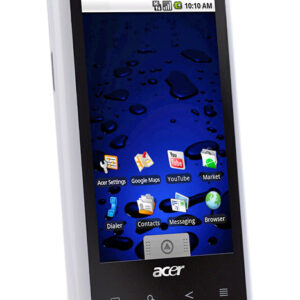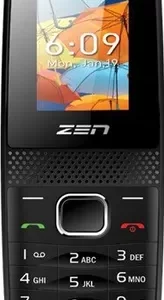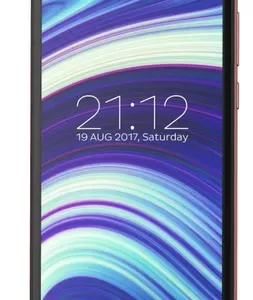Celkon C260 Overall Review
The Celkon C260, announced in 2012, positions itself as a feature phone that blends essential functionalities with a few modern conveniences. It sports a 2.6-inch display, slightly larger than its counterparts, which enhances the user experience for basic tasks like navigating the menu, texting, and making calls.
Equipped with a 1.3 MP primary camera, the C260 allows users to capture images and videos. Although the camera’s capabilities are modest, it serves the basic needs for capturing moments on the go. The phone is powered by a 1500 mAh battery, offering a significant improvement in battery life over its predecessors and competitors, ensuring that users remain connected for longer periods without the need for frequent recharging.
The C260’s design is straightforward yet functional, with a physical keypad that appeals to users looking for tactile feedback and ease of use. This model also supports dual SIM functionality, allowing users the flexibility to manage two different phone numbers or networks simultaneously, which is particularly beneficial for travelers or those looking to separate personal and business communications.
Celkon C260 Pros and Cons
Pros:
- Enhanced display size for better visibility and ease of use.
- Improved battery life, reducing the need for frequent charges.
- Dual SIM capability for increased flexibility and convenience.
- Basic camera functionality for capturing essential photos and videos.
Cons:
- Limited by feature phone capabilities, lacking access to modern smartphone apps and services.
- Camera resolution is low compared to current smartphone standards.
- Lacks modern connectivity features such as WiFi, 3G, or 4G LTE, limiting internet access and data speeds.
